
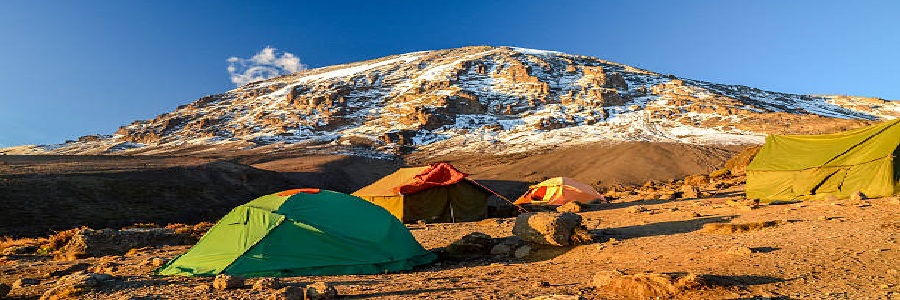
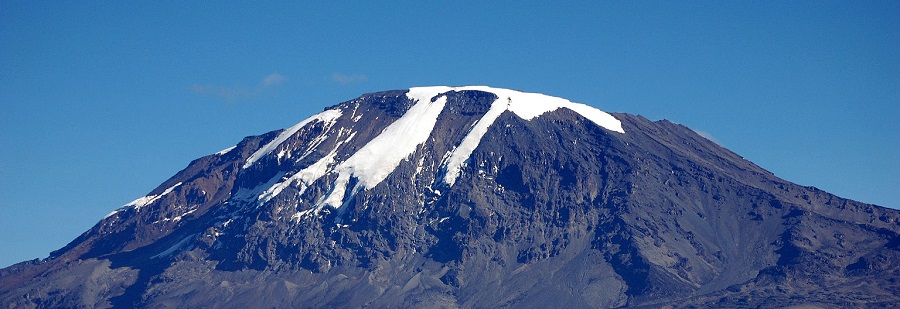
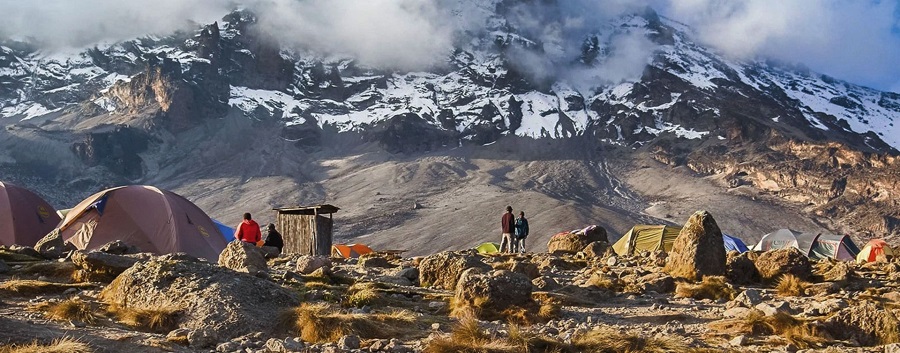

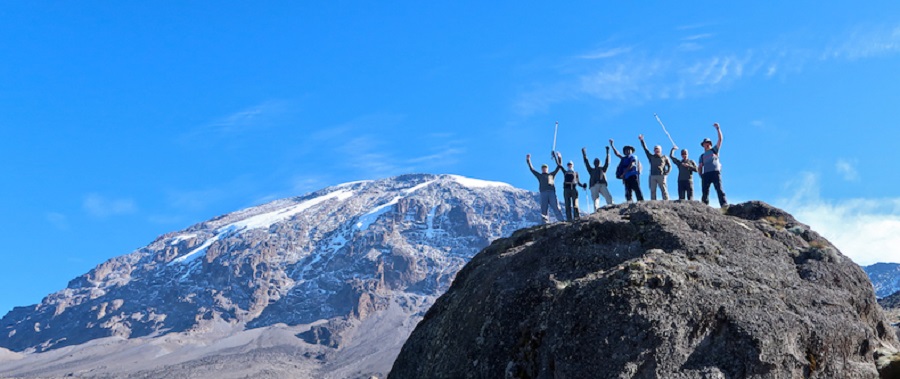
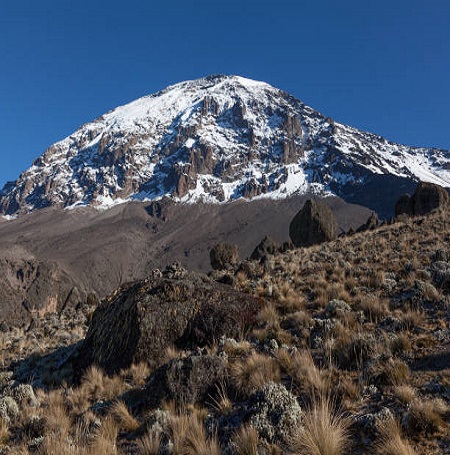
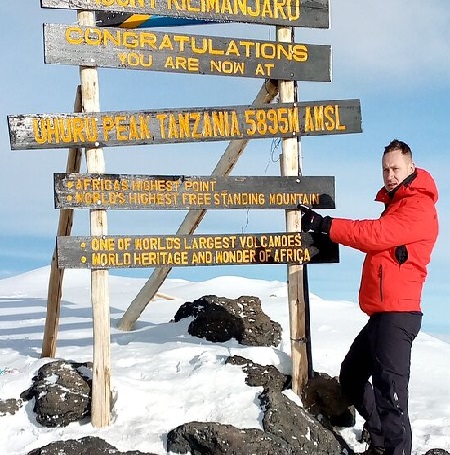

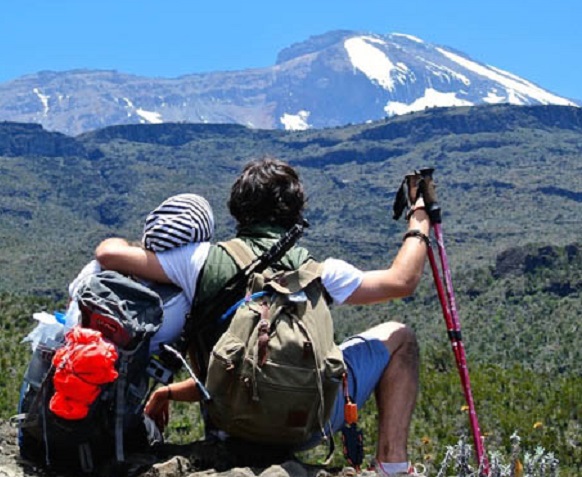

Mount Kilimanjaro, Africa's tallest peak, is full of fascinating facts that will leave you amazed. Standing proudly at 5,895 meters high, this dormant volcano boasts three distinct volcanic cones. Its famous snow-capped summit, Uhuru Peak, is a symbol of triumph for climbers worldwide. But Kilimanjaro isn't just a natural wonder; it's also a UNESCO World Heritage Site, cherished by the local Chagga people. With its diverse ecosystems and vital role in local economies, Kilimanjaro's charm extends far beyond its towering height. Discover the top 10 intriguing facts about Mount Kilimanjaro and uncover the incredible stories hidden within its slopes. In this article, you will explore some of the most fascinating fact's about Mt. Kilimanjaro that make it truly unique.
Explore Mount Kilimanjaro's remarkable features through these 10 simple yet to climbing Kilimanjaro facts. From its towering height to its unique ecosystems, uncover the wonders of this majestic peak. Get ready to be amazed by the incredible facts that make Mount Kilimanjaro a must-see destination. Here are our top 10 mind-blowing facts about Mount Kilimanjaro;
Height and Elevation
Mount Kilimanjaro stands at an impressive height of 19,341 feet (5,895 meters) above sea level. It is made up of three volcanic cones, namely Kibo, Mawenzi, and Shira. Kibo is the highest peak and is also home to the famous Uhuru Peak, which is the summit of the mountain.
Kilimanjaro Climbing Routes
There are several climbing routes that lead to the summit of Mount Kilimanjaro, each offering a unique experience for climbers. The most popular routes include the Marangu Route, Machame Route, Lemosho Route, and Rongai Route. Each route varies in terms of difficulty, scenery, and duration.
Climate Zones
Mount Kilimanjaro is unique in that it features five distinct climate zones as climbers ascend to the summit. These zones include the cultivated foothills, the rainforest, the heath zone, the alpine desert, and the arctic summit. Climbers experience a variety of landscapes and weather conditions as they make their way to the top.
Unique Flora and Fauna
The slopes of Mount Kilimanjaro are home to a diverse range of plant and animal species. The lower elevations are covered in lush rainforest, which is home to monkeys, elephants, and a variety of bird species. As climbers ascend higher, they will encounter unique plant species such as giant lobelias and groundsels that are adapted to the harsh alpine conditions.
Glaciers
Despite being located near the equator, Mount Kilimanjaro is home to several glaciers that have been slowly receding over the years due to climate change. The largest glacier on the mountain is the Northern Icefield, which covers an area of approximately 1.5 square kilometers. It is estimated that the glaciers on Kilimanjaro could disappear completely within the next few decades.
Summit Success Rate
The success rate for climbers attempting to reach the summit of Mount Kilimanjaro is approximately 95%, with altitude sickness being the most common reason for failure. Proper acclimatization and physical fitness are key factors in determining a climber's success.
.
Cultural Significance
Mount Kilimanjaro holds great cultural significance for the people of Tanzania. It is considered a sacred mountain by the Chagga people who live in the region. The mountain is also a popular destination for tourists and climbers from around the world, who are drawn to its beauty and challenge.
Geology
Mount Kilimanjaro's geological is a testament to the Earth's transformative powers. As a stratovolcano, its essence is composed of ash, lava, and rock, with notable concentrations of basalts and andesites. Originating nearly three-quarters of a million years ago, Kilimanjaro's genesis unfolded with molten lava bursting through the Earth's surface, shaping its majestic contours and gradually ascending into the sky.
Mt. Kilimanjaro Climbing Difficulty
Climbing Kilimanjaro presents various challenges, including altitude sickness, temperature fluctuations, and rugged terrain. Proper preparation and acclimatization are essential for a successful ascent.
Conservation Efforts
Mount Kilimanjaro is part of Kilimanjaro National Park, which was established in 1973 to protect the mountain's unique flora and fauna. The park is a UNESCO World Heritage Site and is managed by the Tanzania National Parks Authority.
Physical Fitness: Climbing Kilimanjaro is physically demanding, requiring endurance and strength. It's essential to be in good physical condition before attempting the climb, as the altitude and terrain can pose significant challenges.
Altitude Acclimatization: Kilimanjaro's high altitude presents a risk of altitude sickness, which can be dangerous if not properly managed. It's crucial to acclimatize gradually to the altitude by ascending slowly and allowing your body time to adjust.
Climbing Route: Mount Kilimanjaro offers a variety of routes to its summit, each with its own unique characteristics.There are several different routes to the summit Kilimanjaro: Marangu Route known for its comfortable accommodations; while the Machame Route is renowned for its scenic beauty. The Lemosho Route is praised for its gradual acclimatization, providing climbers with breathtaking views along the way. For those seeking a remote experience, the Rongai Route offers less crowded paths, while the Northern Circuit Route provides panoramic vistas and ample time for acclimatization. For a more challenging ascent and stunning scenery, the Umbwe Route is a popular choice. With diverse options available, climbers can select the route that best aligns with their preferences and abilities for a memorable climb to Kilimanjaro's summit.
Packing and Gear: Proper gear and equipment are essential for a successful climb. Make sure to pack appropriate clothing, footwear, and gear for the conditions you'll encounter, including cold temperatures and variable weather.
Proffesional English Mountain Guide: While it's possible to climb Kilimanjaro independently, many climbers opt to hire a local guide or join a guided tour for safety and logistical support. Guides and porters can provide valuable assistance and expertise, as well as support local communities.
Safety Precautions: Safety should always be a top priority when climbing Kilimanjaro. Be aware of the signs and symptoms of altitude sickness and know when to descend if necessary. Follow the guidance of your guide and prioritize your health and well-being throughout the climb.
Respect for the Environment and Culture: Kilimanjaro is the only a natural wonder but also a culturally significant site. Show respect for the local culture, traditions, and environment by practicing responsible tourism and minimizing your impact on the mountain and its surroundings.
Mount Kilimanjaro's history is a story of cultural significance and human adventure. Revered by the indigenous Chagga people of Tanzania for centuries, it has been a symbol of spirituality and tradition. European exploration of Kilimanjaro began in the 19th century, with the first recorded ascent to its summit taking place in 1889 by Hans Meyer and Ludwig Purtscheller. This historic achievement marked the beginning of Kilimanjaro's exploration by the wider world.
Since then, Kilimanjaro has been a magnet for adventurers and explorers from all corners of the globe. Its towering peaks and diverse landscapes have inspired awe and wonder, attracting climbers, artists, and writers seeking to capture its beauty. However, Kilimanjaro's glaciers, once a defining feature of its landscape, are dwindling at an alarming rate due to climate change.
Mount Kilimanjaro stands tall as a reminder of how strong people are and how important it is to take care of our Earth. Its story shows how we are connected to nature and why it's so crucial to protect this amazing mountain and the land around it for the future.